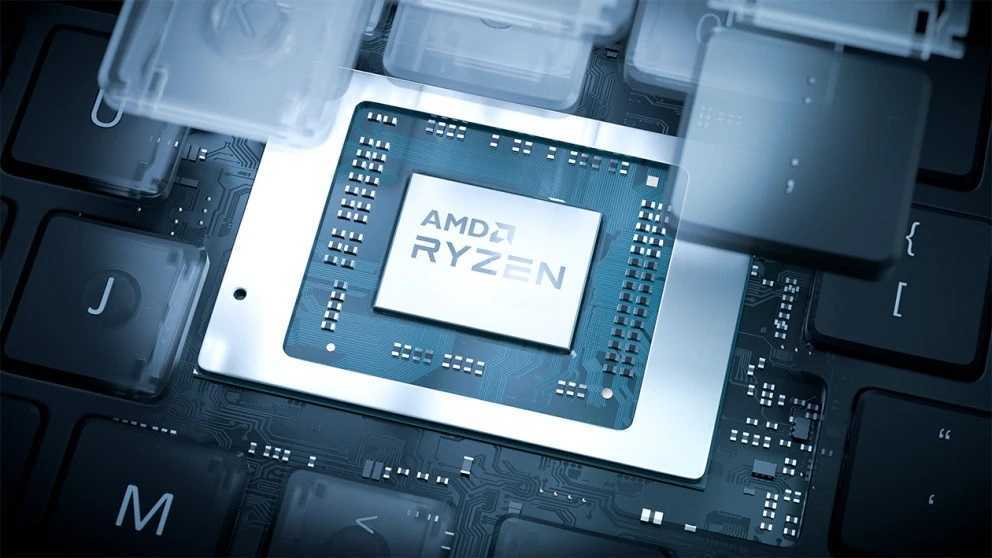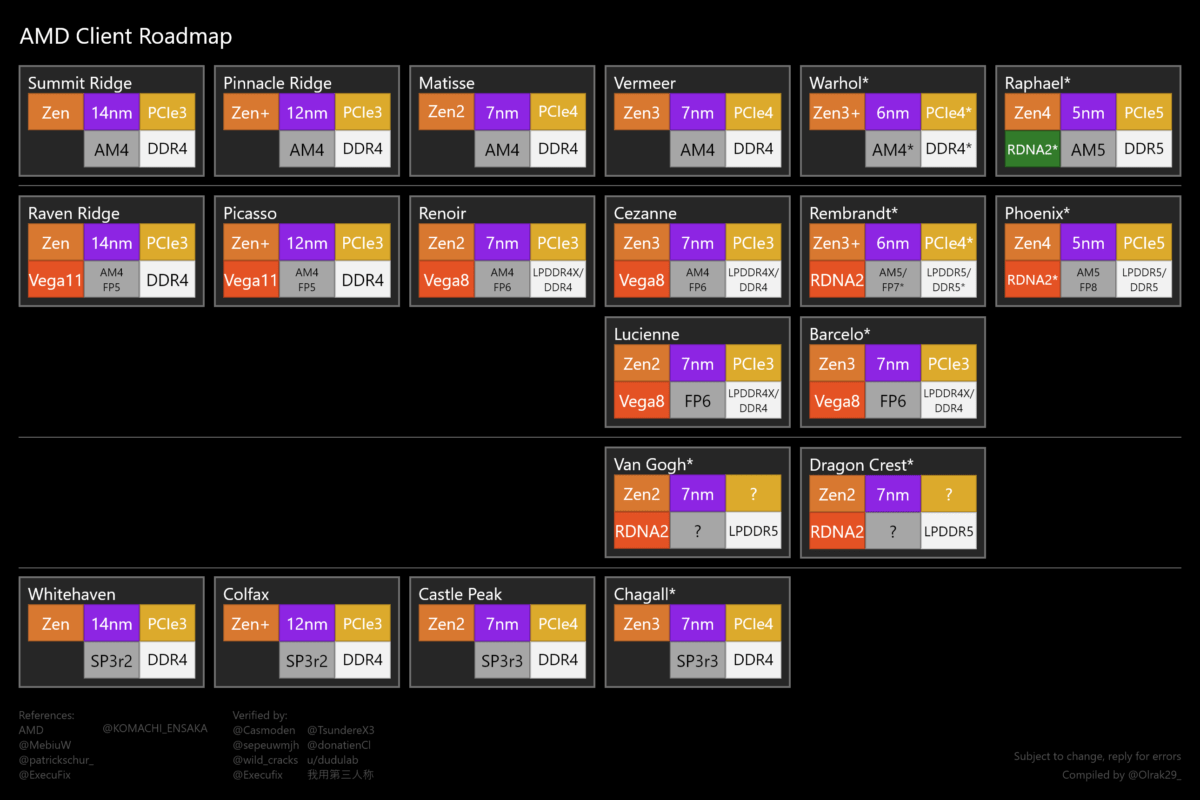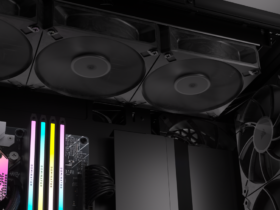
The next generations of processors based on AMD Zen 4 will have to use the new AM5 platform, after several years of service of the current AM4. The news will include over the new socket, even compatibility with DDR5 RAM
AMD’s AM4 platform was introduced in 2017 and has since served several generations of processors from Excavator to the latest Zen 3-based processors. With various chipset updates AMD has managed to maintain good backward compatibilityHowever, the presentations of recent technologies such as DDR5 RAM require a change of course that will take place with the next generation of AMD Zen 4 processors built around the AMD AM5 socket. The new platform will have to compete with the Intel 600 series chipset that will host the Alder Lake CPUs and probably future ones as well.

AMD Zen 4: the new AM5 platforms
Thanks to colleagues at wccftech we have some very important news about the next generation AMD AM5 socket. Rumored to be the biggest update to the platform in several years. The new CPU and APU based on the AMD Zen 4 architecture and later will immediately use the new socket with all the advantages of the case. A well-known leaker on Twitter in fact anticipates what could be the news.
AM5
– LGA-1718
– Dual-channel DDR5
– PCI-e 4.0
– 600 series chipset— ExecutableFix (@ExecuFix) May 22, 2021
One of the biggest changes mentioned on the AMD AM5 platform is the switching from PGA socket to LGA socket. The difference lies in the structure of the contacts with the motherboard which in the PGA case are pins that develop vertically and are housed in special holes in the socket. The LGA structure instead uses flat pins that simply rest on the copper contacts of the motherboard. In this way it is possible to increase the density of the pins, but also the contact surface, favoring the passage of electric current. They are also more resistant to mechanical stress.
The AM5 platform will feature an LGA 1718 socket and, as the name suggests, will include 1718 pins connection between motherboard and CPU. That’s about 18 more pins than Intel’s counterpart LGA 1700. Other features of the AM5 platform include the all-new 600-series chipset line. The X670 PCH should be the top-of-the-range chipset, replacing the X570. X670 motherboards will support dual-channel DDR5 memory with native speeds starting from 4800 MHz to get up to 10,000 MHz as suggested by the DRAM producers. A small demerit is that the platform will retain PCIe 4.0 and it will not upgrade to PCIe 5.0 like Intel’s Alder Lake. PCIe Gen 5.0 will only be supported by Genova (the server counterpart). However, it may not be a big limitation: today it is difficult to fully exploit the capabilities of PCIe 4.0. The new 5.0 version may be added in due course with a new chipset probably.

What do we know about the new AMD CPUs?
The new generation Ryzen desktop CPUs based on Zen 4 will be codenamed Raphael and will replace the Ryzen 5000 desktop CPUs based on Zen 3 presented a few months ago and still not easy to find on the market. According to recent rumors, Raphael CPUs will be based on the AMD Zen 4 and they will use TSMC’s 5nm manufacturing process in all likelihood, while they will feature an I / O die made at 6 nm thanks to a chiplet design. AMD also hinted at increasing the core count of its next-generation mainstream desktop CPUs. Currently yes comes to 16 cores and 32 threads, so we can expect to go up to maybe 24 cores and 48 threads. That’s not all: the new AMD Zen 4 architecture delivers an IPC gain of up to 25% compared to Zen 3 – which already proposed an excellent step forward in this sense – and clock frequencies will probably go around 5 GHz. AMD CEO Dr. Lisa Su told Anandtech:
Mark, Mike and the teams did a phenomenal job. We are as good as we are today with the product, but with our ambitious roadmaps, we are focusing on Zen 4 and Zen 5 to be extremely competitive. There will be more cores in the future – I wouldn’t say these are the limits! They will come when we scale the rest of the system.
While Rick Bergman talked about AMD Zen 4:
D: How much will the performance provided by AMD’s Zen 4 CPUs, which are expected to use a 5nm TSMC process and may arrive in early 2022, be affected by gains on IPC versus core count and clock speed increases?
Bergman: If you looked at our Zen 3 tech paper, there was a long list of things we did to get that 19% [guadagno IPC]. Zen 4 will have a long list of similar things, where you will have to look at everything from caches, to branch prediction, to the number of ports in the execution pipeline. Everything is scrutinized for more performance. Surely the manufacturing process opens an extra door for better performance per watt and so on, and we will benefit too.

The new Raphael Ryzen CPUs based on AMD Zen 4 they are not expected before the end of 2022, so there will still be a lot to wait. It will likely compete with the 13th generation Intel Raptor Lake CPU lineup. We will see an evolution of Zen 3 before Zen 4, however this could pave the way for Intel to introduce its Alder Lakes later this year. Keep following us in our hardware section!
AMD Zen 4 article: new AM5 socket and DDR5 RAM, but no PCIe 5.0 comes from allotek.
















Leave a Reply
View Comments